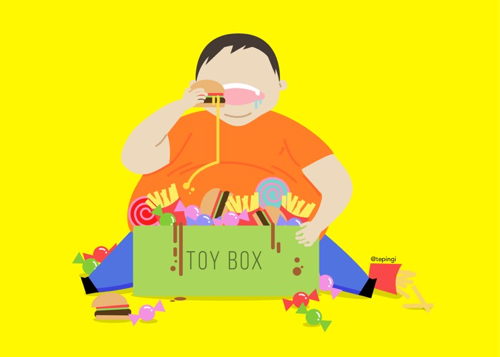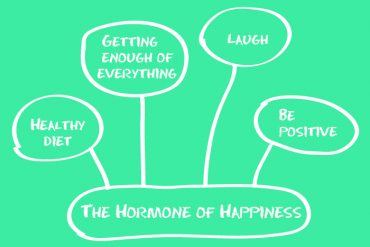Article in brief: An insight on childhood obesity, its impact and ways to prevent it.

Obesity and being overweight are defined by the World Health Organization (WHO) as excessive or abnormal fat accumulation that can result in health problems.
We measure and classify obesity by measuring the body mass index (BMI), which basically compares your weight for height. A BMI of 25 is classified as overweight and above 30 is obese. However, this classification is only used for adults. For children and adolescents various measurements are used and charted to take their growth into consideration.
When addressing the issue of weight in children, we need to know that childhood obesity is one of the most serious health concerns as numbers are on the rise at an alarmingly high rate. In 2013, according to WHO, overweight children under the age of 5 were estimated to be over 42 million, 31 million of which were living in developing countries. In the UAE, it has been estimated that around 40% of the children in schools are overweight to obese till date.
This is why the matter has to be taken seriously, as overweight and obese children are highly likely to stay obese into adulthood and develop medical conditions associated with obesity such as blood pressure problems, blood sugar problems and high cholesterol levels. But in addition to increased future risks, obese children experience breathing difficulties, increased risk of fractures, insulin resistance and psychological problems.
The good news is: it is preventable.
When we talk about childhood obesity it is important to note that children are mirrors of their environments. The ecosystem, which provides nurture and nourishment, is where the child develops his or her eating habits: this starts at home, then at school, and lastly the community.
First and foremost if your child is obese or overweight you need to look at:
Body:
Being overweight is usually a cause in an imbalance in the energy intake and expenditure: this means that either the child is eating a lot of unhealthy fatty foods and snacks or he (or she) is not moving enough.
Having regular small meals 5 times a day ensures the metabolism is healthy and the child is getting his nourishment adequately. Portion control is also important here. Unhealthy snacks can be replaced by fruits and vegetables with an emphasis on colour and health benefits when being replaced.
Increasing outdoor activities or physical exercise is also very important as “old habits die hard”, and it is vital for the child to build his or her stamina and love for movement at a young age.
From a medical perspective it is important to have a look at the growth parameters, and ensure all hormones are balanced.
Mind:
Children are easily influenced by their surroundings, so providing an environment that promotes a healthy lifestyle is important. Parents must set a good example when it comes to healthy eating habits and exercise.
Also, parents should refrain from using food as reward or punishment as it develops unhealthy associations in the child’s mind.
Spirit:
Food represents nourishment; children can be taught how to appreciate healthy food from a young age as it nourishes their bodies to grow and get stronger. Being grateful for health and food and movement can be embedded at a young age.
Having a nurturing environment emotionally where the child feels loved, accepted and acknowledged is very important to avoid developing emotional eating habits in the future.
Lastly, remember that excessiveness is never the answer to anything and moderation is key.



